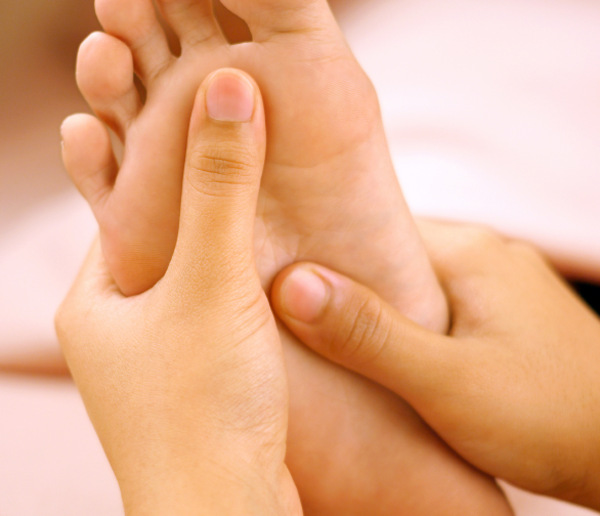
An Achilles tendon rupture is a common cause of sudden stabbing pain in your calf or leg while playing sports. The Achilles is the longest and strongest tendon in the body. It is made up of two muscles and connects the muscles to the heel bone. It crosses three joints and works to function on the knee, the ankle, and the hindfoot joint called the subtalar joint. The tendon is common to rupture in male “weekend warriors” between the ages of 30 to 50, but it can rupture in women or young athletes as well. The reason is that the tendon has a decreased blood supply in the tendon just above its insertion, which makes it prone to rupture. Other factors can cause weakening of the tendon such as Quinolone oral antibiotics, long-term steroid use, and connective tissue diseases. When the Achilles ruptures, it will feel as if there was a sharp stab in the back of the lower leg. Walking becomes difficult. The diagnosis of the rupture is through a clinical examination, in-office ultrasound diagnostic evaluation, and possible MRI. Regaining strength of the Achilles tendon is critical for walking and studies show that long-term results of strength and stability are better when the tendon is repaired.
An Achilles tendon rupture can be treated through surgery or casting depending on the severity of the tear, expectations of the patient, and age. Partial tears can be treated with immobilization, physical therapy, heel lifts, icing, and possible PRP/Stem cell injection. Surgical correction is the preferred treatment because patients have greater strength and lower re-rupture rates. Dr. Gold had extensive training in learning how to perform Achilles repairs from Foot and Ankle Center Dr. Rick Raimondo who learned from the authors of the chapter on Achilles repair in Campbell’s orthopedics. At the Foot, Ankle, and Leg Vein Center, we utilize the newest techniques to increase the strength of the tendon during repair utilizing amniotic grafts. Studies have documented that this will improve the strength of the Achilles tendon. Patients are usually in a cast or protective boot for approximately six weeks. After that, they are allowed to come out of the protective device and gradually increase weight-bearing through physical therapy and stretching strengthening.
